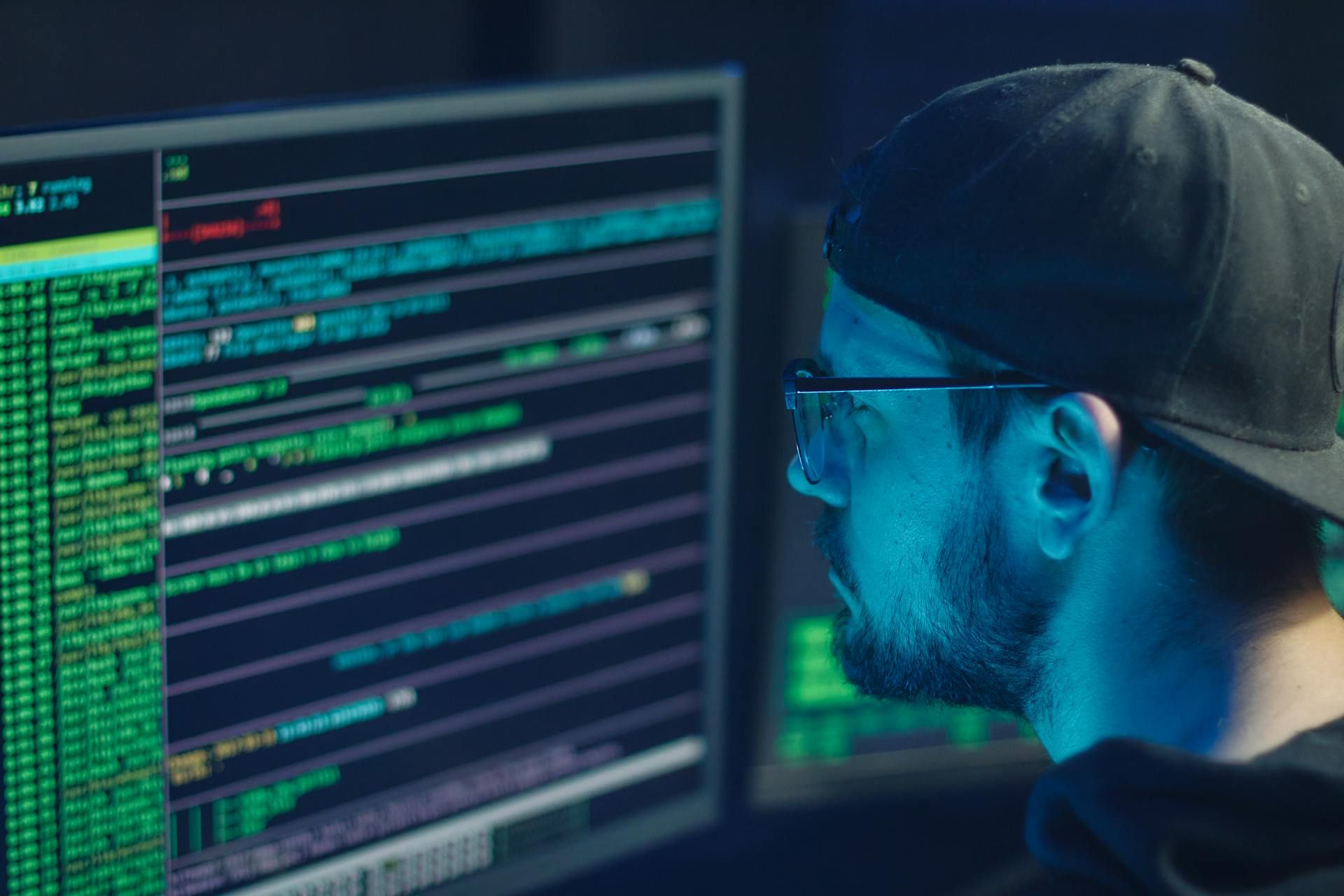
Unveiling the Hidden Threat: AI Attacks Through Downscaled Images
A new and sophisticated AI attack has emerged, cleverly embedding data-theft prompts within downscaled images. This technique, as detailed by Bleeping Computer, manipulates image resampling algorithms to hide malicious instructions that AI systems inadvertently execute. The attack’s sophistication lies in its ability to bypass traditional security measures, posing a significant threat to industries reliant on AI, such as healthcare and finance. Researchers from Trail of Bits have highlighted the attack’s roots in a 2020 USENIX paper, now realized in practice, underscoring the urgent need for enhanced AI security measures.
Mechanism of the Attack
The novel AI attack, as reported by Bleeping Computer, leverages a unique method of embedding malicious prompts within images. These prompts are invisible when the image is viewed at full resolution but become apparent when the image is downscaled. This is achieved through the manipulation of image resampling algorithms, which are commonly used in AI systems to process images. The attack exploits the way these algorithms handle image data, allowing attackers to hide instructions that can be extracted by AI models during the image processing phase. This method is particularly insidious because it bypasses traditional security measures that focus on detecting overtly malicious code or data.
Image Resampling Vulnerabilities
Image resampling is a process used to change the size of an image, often for optimization in AI systems. This attack takes advantage of vulnerabilities in the resampling process, where certain pixel data can be altered to include hidden instructions. According to Trail of Bits researchers, Kikimora Morozova and Suha Sabi Hussain, the attack builds on a theory from a 2020 USENIX paper by TU Braunschweig, which explored image-scaling attacks in machine learning. This theoretical foundation has now been realized in practice, demonstrating the potential for resampling algorithms to be manipulated for malicious purposes.
Invisible Instructions
The core of the attack lies in embedding instructions within the image that are not visible to the human eye. These instructions are encoded in such a way that they only become apparent when the image is processed by an AI system that uses downscaling. This method ensures that the instructions remain hidden from traditional security scans that rely on visual inspection or basic metadata analysis. The invisibility of these instructions makes them particularly dangerous, as they can be used to trigger specific actions within AI models, such as extracting sensitive data or altering model behavior.
Exploitation of AI Model Vulnerabilities
Once the image containing the hidden instructions is processed by an AI model, the attack exploits vulnerabilities within the model to execute the embedded prompts. This can lead to a range of malicious outcomes, including data theft, model manipulation, or unauthorized access to system resources. The attack is particularly effective against AI models that lack robust input validation or adversarial training, as these defenses are designed to detect and mitigate such manipulations. The ability to bypass these defenses highlights the need for improved security measures in AI systems.
Potential Impact on AI Systems
The potential impact of this attack on AI systems is significant. By embedding malicious prompts within images, attackers can manipulate AI models to perform unauthorized actions. This can lead to data breaches, model corruption, and other security incidents. The attack is particularly concerning for industries that rely heavily on AI, such as healthcare, finance, and autonomous systems, where the consequences of a successful attack can be severe.
Data Breaches and Unauthorized Access
One of the primary concerns with this attack is the potential for data breaches. By manipulating AI models to extract sensitive information, attackers can gain unauthorized access to valuable data. This can include personal information, financial records, or proprietary business data. The attack’s ability to bypass traditional security measures makes it a potent tool for cybercriminals seeking to exploit AI systems for financial gain or competitive advantage.
Model Corruption and Manipulation
In addition to data theft, the attack can also lead to model corruption and manipulation. By altering the behavior of AI models, attackers can disrupt operations, degrade system performance, or cause models to produce incorrect outputs. This can have serious implications for applications that rely on accurate and reliable AI models, such as autonomous vehicles or medical diagnostic systems. The potential for model corruption underscores the need for robust defenses against adversarial attacks.
Implications for AI Security
The emergence of this attack highlights the need for improved security measures in AI systems. Traditional security approaches, such as firewalls and antivirus software, are not sufficient to protect against the unique threats posed by AI attacks. Instead, organizations must adopt specialized security measures designed to detect and mitigate adversarial attacks, such as adversarial training, input validation, and robust monitoring of AI models.
Mitigation Strategies
To defend against this type of attack, organizations must implement a range of mitigation strategies. These strategies should focus on enhancing the security of AI systems and reducing the risk of exploitation by malicious actors.
Adversarial Training and Input Validation
Adversarial training is a technique used to improve the robustness of AI models against adversarial attacks. By exposing models to a variety of adversarial examples during the training phase, organizations can enhance their ability to detect and mitigate malicious inputs. Input validation is another critical defense mechanism, ensuring that all inputs to AI models are thoroughly checked for signs of manipulation or malicious content.
Enhanced Monitoring and Detection
Organizations should also implement enhanced monitoring and detection capabilities to identify and respond to potential attacks. This includes deploying advanced analytics tools to monitor AI model behavior and detect anomalies that may indicate an attack. By proactively monitoring AI systems, organizations can quickly identify and mitigate threats before they cause significant harm.
Collaboration and Information Sharing
Collaboration and information sharing are essential components of an effective defense strategy. By working together, organizations can share insights and best practices for defending against AI attacks. This collaborative approach can help to identify emerging threats and develop effective countermeasures to protect AI systems from exploitation.
Future Research Directions
The discovery of this attack opens up new avenues for research into AI security. Researchers must continue to explore the vulnerabilities of AI systems and develop innovative solutions to protect against emerging threats.
Development of Robust Detection Algorithms
One area of focus for future research is the development of robust detection algorithms capable of identifying manipulated images with hidden content. As noted by CSIAAC, traditional cybersecurity measures may be insufficient to detect these types of attacks, necessitating the development of new detection techniques.
Exploration of Image Processing Vulnerabilities
Further exploration of image processing vulnerabilities is also needed to understand the full extent of the threat posed by this attack. By examining the weaknesses in resampling algorithms and other image processing techniques, researchers can identify potential points of exploitation and develop strategies to mitigate these risks.
Advancements in AI Security Frameworks
Finally, advancements in AI security frameworks are needed to provide organizations with the tools and guidance necessary to protect their AI systems. This includes the development of comprehensive security standards and best practices for AI systems, as well as the creation of specialized security tools designed to address the unique challenges posed by AI attacks.
Final Thoughts
The emergence of this AI attack underscores the critical need for advanced security measures tailored to the unique vulnerabilities of AI systems. Traditional defenses are insufficient against such sophisticated threats, which exploit image resampling vulnerabilities to embed hidden instructions. As noted by CSIAAC, the development of robust detection algorithms and enhanced monitoring is essential. Collaborative efforts and continuous research into AI security frameworks will be pivotal in safeguarding against these evolving threats, ensuring the integrity and reliability of AI technologies across various sectors.
References
- Bleeping Computer. (2025). New AI attack hides data-theft prompts in downscaled images. https://www.bleepingcomputer.com/news/security/new-ai-attack-hides-data-theft-prompts-in-downscaled-images/
- CSIAAC. (2025). Exploiting alpha transparency in images to manipulate AI recommender systems. https://csiaac.dtic.mil/articles/exploiting-alpha-transparency-in-images-to-manipulate-ai-recommender-systems/



